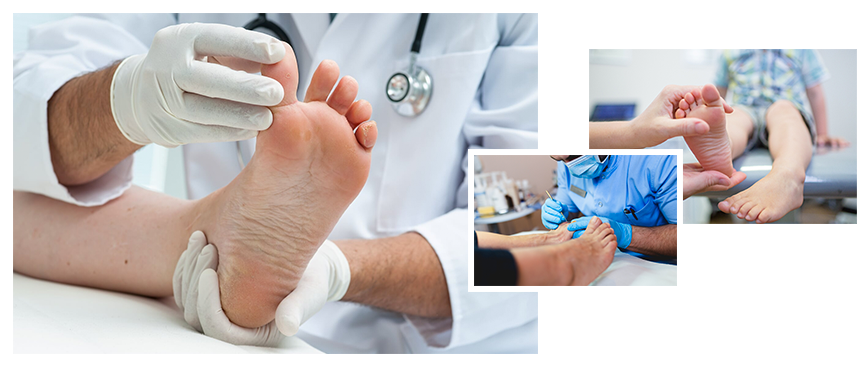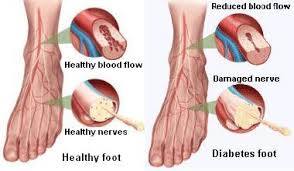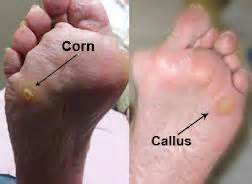Diabetes Foot Care Management, Assessment and Treatment

Diabetes can increases the risk of serious infections to foot. Diabetes can also cause damage the vascular (blood supply) and Nerve supply to your feet and lower limb.
Diabetes
Damage to the nerves in your feet makes you less likely to feel pain, this means you might not notice a cut or bruise straight away.
And combined to damage to the blood vessels- causing poor blood flow to the lower limb, if the foot or skin is injured, wounds can heal slowly or not at all.
If the wound is not treated correctly, severe infection may occur, leading to ulceration gangrene and amputation.
Diabetes Foot Assessments should be carried out by your podiatrist once a year.
At a Dibetes foot care appointment the podiatrist will perform:
- A Vascular assessment including a Doppler Ultrasound to check the blood flow to your feet.
- A Neurological assessment to check the nerve supply to your feet and lower limb.
- A General Foot Care Treatment including Nail cutting, Callus and Corn Debridement.
- Provide Diabetes Foot Care advice and Information.
- A full report will be sent to your GP and specialist.
Here are a few HEALTHY FOOT TIPS that you can start doing to help prevent further problems associated with the Diabetic foot.
1. Check your feet every day and night
- You can have a serious foot problems, but feel no pain -its important to check your feet everyday for cuts, sores, bruises, areas of reddness or discolouration, swelling and infections.
- Checking your feet should be part of your everyday routine.
- If you have trouble or issues bending over to see your feet ask someone to help or you can use a plastic mirror to help.
- You also can ask a family member or caregiver to help you.
- Call your podiatrist or GP if a cut, sore, blister, or bruise is not healing or looks red or swollen.
2. Wash Your Feet Everyday
- Wash your feet in warm, NOT hot water.
- Test the water to make it is not too hot. You can use a thermometer or your elbow. Dont put you feet in first as you may not notice its too hot aand burn your feet.
- Dry your feet and dry between your toes.
3. Keep the skin in good condition- soft and smooth.
- Rub skin lotion or a vitamin E cream on the tops and bottoms of your feet.
- Do not put cream between your toes as this might cause an infection.
4. Corns/ calluses
- Corns and calluses, check with your podiatrist about the best way to care for them.
- Do not cut corns and calluses yourself. Don’t use home remedies to treat the corns yourself, razor blades, corn plasters, liquid corn and callus removers can damage your skin and cause infections.

5. Take Care of your toenails when needed
- A podiatrist can trim your toenails- if you can’t see well, if you cannot reach your feet, if your toenails are thick or yellowed, or if your nails curve and grow into the skin.
- If your toenails are in good condition and if you can see and manage your toenails easily, trim them with straight clippers after you wash and dry your feet.
- Cut toenails straight across and then smooth them with a nail file.
- Do NOT cut into the corners of your toenail, this can lead to ingrowns and cause infections.
Please call us on (02) 9601 4696 and book in for a DIABETES ASSESSMENT if:
- You have diabetes
- Have not had your blood flow and nerves tested in your feet aand lower limbs
- You are concerned about your foot care
- You have pain or numbness in your toes, feet or lower limb
- A wound or cut that is not healing or slow to heal
Liverpool Podiatry is open Monday to Saturday.
We have Parking on site
Wheelchair access
Reception Staff can advise on transport options to our clinic.
We are registered providers for Veteran Affairs, Enhanced Primary Care (EPC) Plans, we have HICAPS for private health fund rebates, NDIS regisstered and Workers Compensation/Third Party Insurance.
Call us today at (02) 9601 4696 or book online
